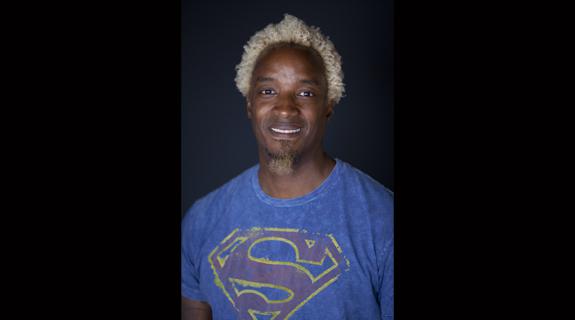Sean Owolo is a “self-professed geek” with a love of pop culture, animation, video games and comics. To that end, the former music executive seems to have found a perfect outlet as executive producer at Big Machine, a visual production company whose projects have ranged from a mini-doc series of “Living Nightmares” for AMC’s FearFest 2012 to the promo for Cartoon Network’s reboot of the ‘80s uber-classic “Thundercats.”
To many PromaxBDA members, Sean Owolo is a familiar face thanks to his PromaxBDA: The Conference session “Videophonic,” wherein select agencies create and screen music videos for songs from before the MTV era. On the announcement of his making partner at Big Machine, Brief caught up with Owolo to hear about his transition from music to visual effects and his thoughts on succeeding in his profession in the digital age.
BRIEF: As executive producer and now partner, what are your duties at Big Machine?
Owolo: I’m first and foremost the connection between the company and our client roster, which consists of ad agencies, [of which] a majority of that list is in the broadcast world, and then special projects like video game companies. We try to stay pretty diverse. And then secondary is looking over the company, recognizing trends, directions we should go in, and then implementing a plan to do so.
BRIEF: You started as a music executive then transitioned into the visual effects industry in the early 2000s at Three Ring Circus. What was it like making the move to visual design and learning that whole new field from the ground up?
Owolo: I understood the general definition of what we did as a motion design company, but the intricacies such as understanding lower thirds – that was really where the learning curve was. It took a while to really understand all the different little parts of a show package, of a rebrand. The first year was very much the art of discovery while not knowing what I didn’t know. I was just going out there, blindly cold calling with a lot of enthusiasm, which I think threw a lot of people off and they would actually take the call and be like “Who’s this kid who’s just excited to be here? It’s refreshing.” I probably closed a lot of projects for Three Ring just on blind enthusiasm.
BRIEF: What advice would you give to someone just starting out in your line of work?
Owolo: My number one piece of advice is going to sound like a plug but it really isn’t: Get yourself to as many PromaxBDA events as possible, whether that is Elite Member parties, or The Conference. It’s invaluable, if you’re new, for making those relationships. If you don’t have those relationships, it’s going to be very hard to do my job.
BRIEF: Is it hard to stay on top of things for a design company in an era when technology is changing so quickly?
Owolo: It’s hard to stay on top of the digital side. A lot of what we are doing now has to correspond and play out on the small screens as well as on your television, and that’s a challenge for most companies because they’re still thinking in a TV screen world as opposed to a TV screen/iPhone/iPad world. We’re five to six years into the iPhone and it’s still not a first thought or second thought for people when they’re designing.
BRIEF: What inspires you?
Owolo: We’ve started moving a lot into the branded space, which as a marketing guy, is exciting to me. I love that the lines are being blurred to some degree between what an ad agency does and what ad sales at a network does, because now you have brands that want to integrate with the TV show. That stuff didn’t even exist when I first came into the industry. A lot of times we’re being asked to help concept what that branded spot should be and then we’re executing it with all the traditional elements you have when dealing with content, working across the board with the network, agency and brand. It’s challenging but it’s rewarding when you can please all three because they have very separate agendas. But it makes us better and puts us on top of our game.
Tags:













































__twocolumncontent.jpg)











